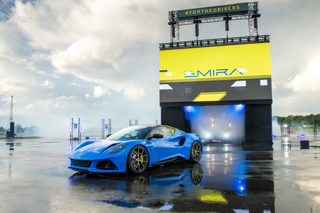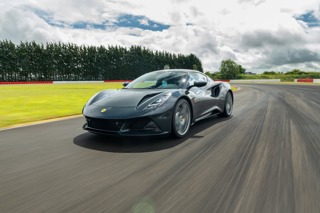Like computers or microwaves, more and more cars are the same underneath and differentiated only through design.
At the last count, there were 13 mid-sized cars based on the Volkswagen Group’s PQ35 modular ‘platform’, since you ask.
But isn’t that a problem?
If cars are all the same underneath, won’t they look the same outside?
A decade ago, the industry was struggling to cope with this new penny-pinching way of building cars.
The result?
Same-again cast-offs like the old Ford Fiesta and Mazda 121. Badge-engineered monstrosities like the CityRover and Tata Indica.
The industry has adapted, slowly.
The head of Seat design, Luc Donckerwolke, says new modular construction methods have made it easier to differentiate between mechanically similar models.
In the days of platform sharing, the oily bits were carried over unchanged – but the new engineering modules can be stretched to create different widths, lengths and wheelbases.
“The modules are nowadays designed so we can modify a lot of the parameters.
"It means we can do things that we otherwise couldn’t afford,” he says.
“The Volkswagen group is the only one that manages to protect each brand from each other. No-one else has eight brands using a modular platform that each has its own identity.”
Individuality is crucial in today’s market – and it’s why corporations are pouring millions into design facilities.
Seat recently opened its new design centre in Barcelona and it’s Donckerwolke’s job to make sure the Spanish company crafts cars distinct from their Teutonic siblings.
“I want to be flexible enough to get an emotional shock – that’s what we’re aiming for,” he adds.

















Login to comment
Comments
No comments have been made yet.